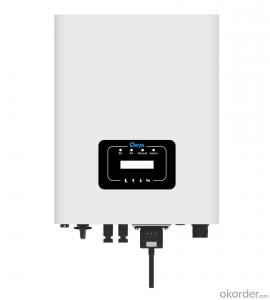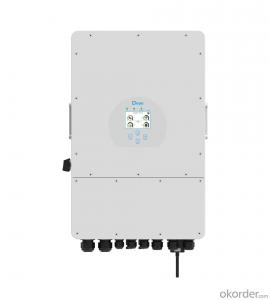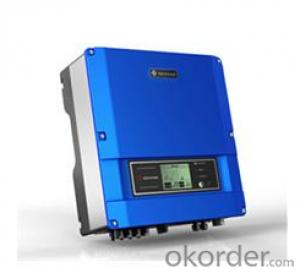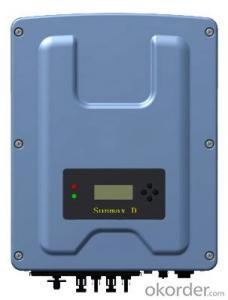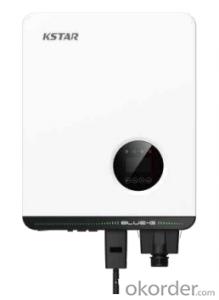Spd For Solar Inverter
Spd For Solar Inverter Related Searches
Spd In Solar Inverter Sps Solar Inverter Inverter For Solar Inverter For Solar Power Plant Power Inverter For Solar Panel Solar Powered Inverter Power Solar Inverter Solar Powered Power Inverter Solar Inverter Upgrade Inverter For Solar Battery Ct For Solar Inverter Solar Power Grid Inverter Solar Power Inverter For Home Solar Based Inverter Cps Solar Inverter Smart Solar Power Inverter Solar Hybrid Inverter Solar System Inverter For Home Solar Battery For Inverter Solar Power Inverter System Solar Power Plant Inverter Cost Of Solar Power Inverter Inverter For Solar Panels Cost Solar Power Inverter For House Solar Inverter Requirements Solar Power Inverter Price Type Of Inverter For Solar Solar To Inverter Home Power Inverter For Solar Smart Hybrid Solar InverterSpd For Solar Inverter Supplier & Manufacturer from China
SPD for Solar Inverter is a specialized surge protection device designed to safeguard solar inverters from voltage surges and electrical disturbances. These devices are crucial in maintaining the efficiency and longevity of solar power systems by protecting them from the damaging effects of lightning strikes, power surges, and other electrical anomalies. The SPD for Solar Inverter is engineered to divert excess voltage and current away from the inverter, ensuring the safety and stability of the entire solar power system.The application and usage scenarios of SPD for Solar Inverter are vast, as they are essential components in various solar power systems. They are commonly used in residential, commercial, and industrial solar installations to protect inverters from voltage spikes and surges. By doing so, they help to prevent damage to the inverter, reduce maintenance costs, and ensure the continuous operation of the solar power system. The SPD for Solar Inverter is also used in off-grid solar systems, where it plays a critical role in protecting the inverter from voltage fluctuations caused by changes in weather conditions or system load.
Okorder.com is a leading wholesale supplier of SPD for Solar Inverter, offering a wide range of products to cater to the needs of various solar power system applications. With a large inventory of SPD for Solar Inverter, Okorder.com ensures that customers have access to high-quality, reliable surge protection devices at competitive prices. The company's commitment to providing top-notch products and exceptional customer service has made it a trusted source for solar power system components, including SPD for Solar Inverter.
Hot Products
